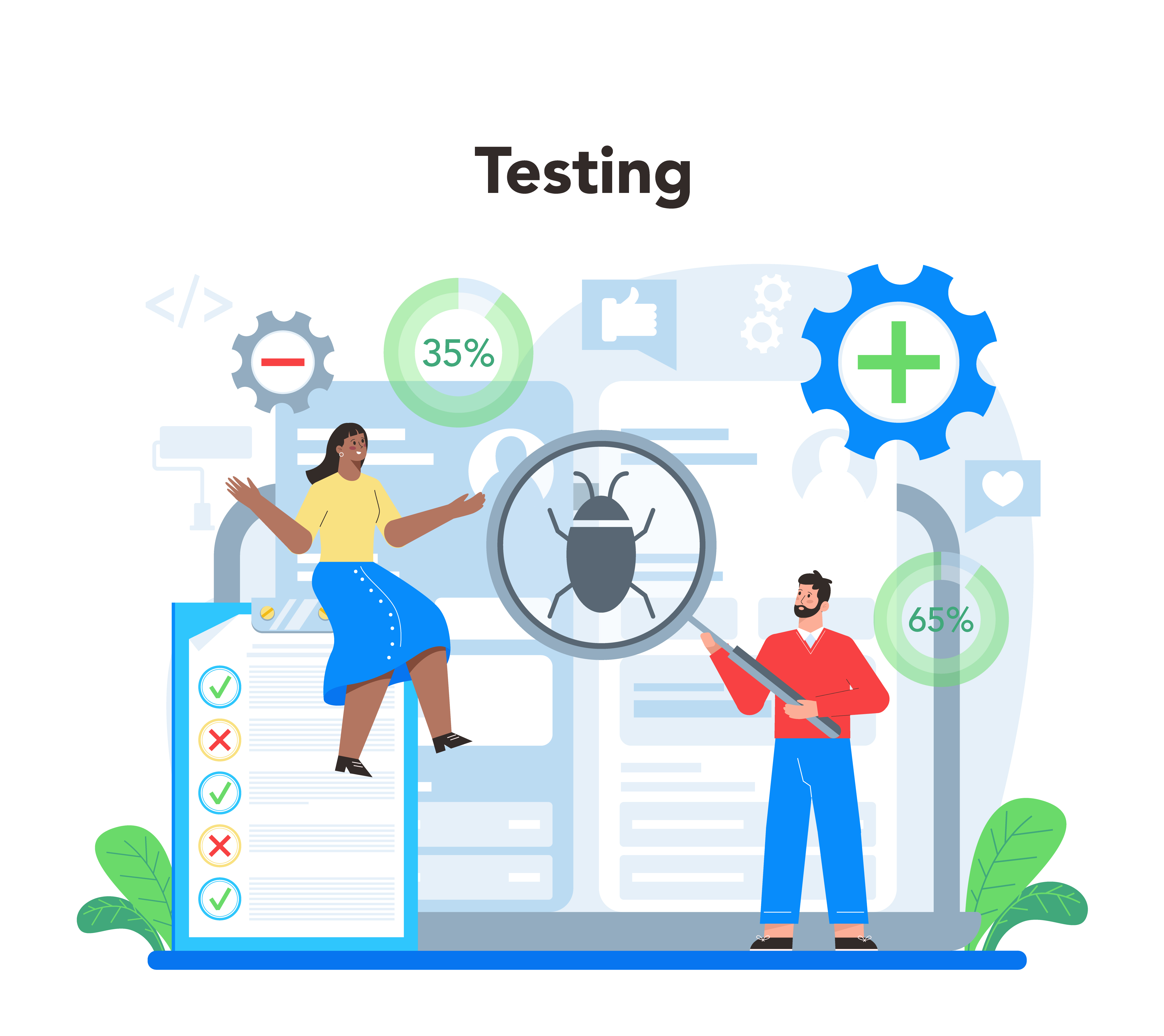Mastering Selenium WebDriver: Elevating Your QA Automation Efforts
 Sushma Joglekar
Sushma Joglekar
In today's dynamic software development landscape, the importance of quality assurance (QA) automation cannot be overstated. It's the cornerstone for ensuring the reliability and efficiency of software products. Among the plethora of automation tools available, Selenium WebDriver emerges as a standout choice, offering versatility and power in automating web applications. This comprehensive guide delves into the rationale for choosing Selenium WebDriver, the myriad benefits of QA automation, the indispensable skill set required for crafting Selenium-based automation frameworks, the diverse types of automation achievable with Selenium, and the amalgamation of technologies that complement and enhance Selenium's capabilities.
Why Selenium WebDriver?
Selenium WebDriver garners favor for QA automation owing to several compelling factors:
Cross-Browser Compatibility:
Seamlessly supporting multiple web browsers including Chrome, Firefox, Safari, and Edge, Selenium WebDriver facilitates the execution of tests across different browsers without a hitch.
Language Support:
With compatibility across various programming languages such as Java, Python, C#, Ruby, and JavaScript, Selenium WebDriver provides testers with the flexibility to choose their preferred language for automation.
Open-Source Nature:
As an open-source tool, Selenium WebDriver is freely available and benefits from a vast community of developers worldwide, ensuring continuous improvement, updates, and comprehensive documentation.
Flexibility and Extensibility:
Offering flexibility in automating diverse web elements and actions coupled with the capability to integrate with third-party libraries and frameworks, Selenium WebDriver enhances test capabilities significantly.
Parallel Execution:
Selenium WebDriver empowers testers to execute tests in parallel across multiple browsers and environments, thus reducing test execution time and enhancing efficiency.

Compatibility with Testing Frameworks:
Seamlessly integrating with popular testing frameworks like TestNG, JUnit, and NUnit, Selenium WebDriver enables testers to leverage advanced testing features and reporting capabilities effortlessly.
Benefits of QA Automation:
Adopting QA automation, especially with Selenium WebDriver, yields numerous benefits including:
Faster Time-to-Market:
Automation expedites the testing process, providing rapid feedback on software changes and thereby reducing time-to-market for new features and updates.
Increased Test Coverage:
By executing a vast number of test cases across different browsers, devices, and configurations, automation enhances test coverage and facilitates the identification of more defects.
Improved Accuracy and Consistency:
Automated tests execute predefined steps consistently without human errors, ensuring reliable and reproducible test results.
Regression Testing:
Automation is particularly advantageous for regression testing, enabling testers to swiftly retest existing functionality after code changes and ensuring that new updates do not introduce regressions.
Resource Optimization:
Automation liberates manual testers from repetitive tasks, allowing them to focus on exploratory testing, usability testing, and other critical activities that necessitate human intervention.
Cost Savings:
Despite the initial investment in setting up automation frameworks and scripts, automation ultimately leads to cost savings by reducing the need for manual testing efforts and mitigating the risk of production defects.
Skill Set for Building Selenium-Based Automation Frameworks:
Constructing robust and maintainable automation frameworks with Selenium WebDriver demands a blend of technical skills and domain knowledge including proficiency in programming languages, understanding of web technologies, familiarity with testing frameworks, experience with version control systems, familiarity with build tools, and robust problem-solving skills.
Types of Automation Achievable with Selenium:
Selenium WebDriver supports various types of automation testing encompassing functional testing, regression testing, smoke testing, cross-browser testing, data-driven testing, and parallel testing.
Combinations of Technologies with Selenium:
Selenium WebDriver can be seamlessly integrated with various technologies and tools including test frameworks, test data management tools, continuous integration tools, logging and reporting libraries, browser drivers and grids, and the Page Object Model (POM) to extend its capabilities and address specific testing requirements effectively.
Conclusion:
In summary, Selenium WebDriver emerges as a potent and versatile tool for automating web applications, offering a myriad of benefits including cross-browser compatibility, language support, flexibility, and extensibility.
Leveraging Selenium WebDriver enables organizations to achieve faster time-to-market, increased test coverage, improved accuracy, and cost savings. However, building effective automation frameworks with Selenium necessitates a blend of technical skills, domain knowledge, and meticulous planning.
Despite its challenges and limitations, Selenium WebDriver remains the preferred choice for automation testing owing to its industry recognition, community support, and open-source nature. With the right skills and approach, testers can harness the full potential of Selenium WebDriver to drive quality and efficiency in software development projects.
About TECUNIQUE:
TECUNIQUE specializes in software development, quality assurance, and testing services, empowering organizations to realize their quality and efficiency goals.
With a team of proficient professionals well-versed in Selenium WebDriver and other leading automation tools, TECUNIQUE delivers high-quality software solutions tailored to clients' needs.
Partner with TECUNIQUE to elevate your automation testing initiatives and achieve success in your software projects. [Learn More about TECUNIQUE ]
Subscribe to my newsletter
Read articles from Sushma Joglekar directly inside your inbox. Subscribe to the newsletter, and don't miss out.
Written by
